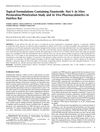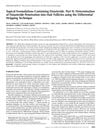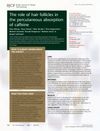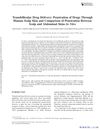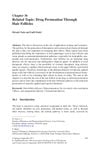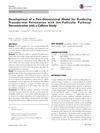Contribution of the Hair Follicular Pathway to Total Skin Permeation of Topically Applied and Exposed Chemicals
November 2016
in “
Pharmaceutics
”
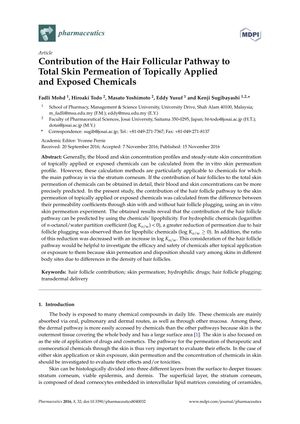
TLDR The hair follicle pathway significantly affects how easily water-loving chemicals pass through the skin.
In 2016, a study was conducted to understand how the hair follicle pathway affects the permeation of chemicals through the skin. The study found that the permeability of chemicals is influenced by their lipophilicity, with hydrophilic chemicals experiencing a greater reduction in permeation when hair follicles were plugged, compared to lipophilic chemicals. The results indicated that the hair follicle pathway is more significant for hydrophilic chemicals and that this pathway should be considered for more accurate predictions of chemical concentrations in the blood and skin after topical application. The study used in vitro experiments with pig ear skin and found that plugging hair follicles could reduce the permeability coefficient of certain chemicals by up to 50%, particularly for those with higher molecular weights and hydrophilic properties. The study concluded that the hair follicle pathway plays a significant role in skin permeation of chemicals, and this contribution decreases with increasing lipophilicity of the compounds. However, it also noted that in vitro results might not fully represent in vivo conditions, suggesting the need for further research.
